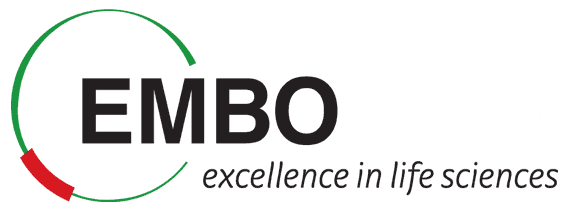Simultaneous profiling of RNA and protein using proximity ligation assay
7 July 2014 | Chelmsford, United Kingdom
http://events.embo.org/14-pla/index.html
Molecular tools such as PCR and ELISA allow the sensitive and specific detection of nucleic acids and proteins, respectively, and are widely used as research tools as well as for the diagnosis of a broad range of human, animal and plant diseases. The proximity ligation assay (PLA®) is an innovative quantitative, sensitive and relatively inexpensive immunoassay platform that combines the exquisite sensitivity and dynamic range of real-time PCR with antibody-based detection of proteins and other analytes. PLA offers several advantages over traditional ELISAs, including better sensitivity (~100-fold) and broader dynamic range (4 logs vs. 2.5 logs), simpler workflow (requiring no wash steps) and faster time to results (<2 .5="" hours="" vs.="">5 hours). PLA is useful for the analysis of differential gene expression, protein-protein interactions as well as post-translational modifications and extends the limits of biomarker quantification. Conventional methods for protein analysis are challenging to implement into diagnostic assays because they are relatively insensitive, not readily applied to quantification or rely on specialised equipment.
The EMBO workshop will cover the background to PLA, introduce the concept of quantitative protein detection and aims to inaugurate MIQE-style guidelines for PLA. The presenters will be scientists who have extensive experience of the technique. Examples of studies will be presented to illustrate the use of PLA for simultaneous detection of RNA and protein in diverse sample types, including single cells, focusing on technical requirements for a functioning assay. The major objective of the event is to provide sufficient technical expertise to enable scientists, especially young researchers, to implement the technique with ease into their workflow. An additional objective is to provide the opportunity for those working with PLA to share experiences and gain a deeper understanding of the method by interacting with the leaders in the field.
Topics to be covered include:
- Simultaneous quantification of RNA and protein
- PLA Protein quantification: from assay design to data analysis
- Duolink® in situ PLA
- Multi-analyte analysis in single tumour cells
- PLA for the early and specific detection of pathogens
- Digital PLA
- MIQE guidelines for PLA
- Young researchers’ project presentations
- Duolink, Olink, and PLA are registered trademarks of Olink AB

No comments:
Post a Comment